All About Snowboard Stiffness
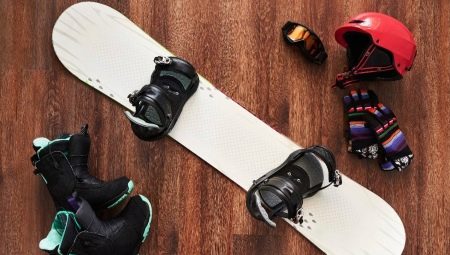
Snowboards, in addition to the length, width, distance between the legs when setting them, the angle of the shoe attachments, are also characterized by rigidity. An excessively soft, "playful" snowboard is not suitable for the most experienced and discerning athletes, whose skill far outstripped the experience of beginners.
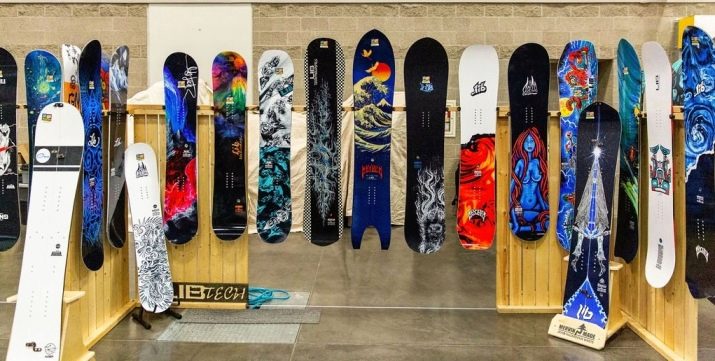
What does this mean and what does it affect?
Rigidity is one of the main characteristics of a snowboard... This parameter determines at what speed the athlete is able to overcome the slope, and how high the comfort will be when passing the track. Reduced stiffness will help smooth the passage, protecting against unnecessary vibrations and shaking when passing bumps. On icy slopes with hard snow cover, the athlete will feel the movement on the mountain more comfortably. But it is impossible to accelerate to high rates. Therefore, manufacturers indicate the level of hardness on a 10-point scale.
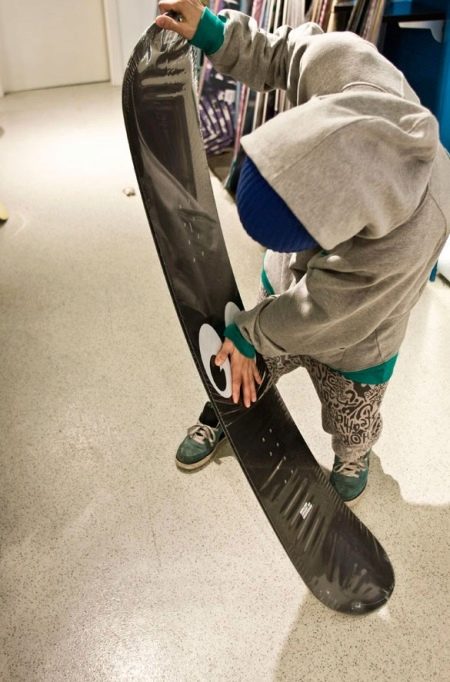
The indicator may be the same for different manufacturers, but other parameters of the projectile differ.
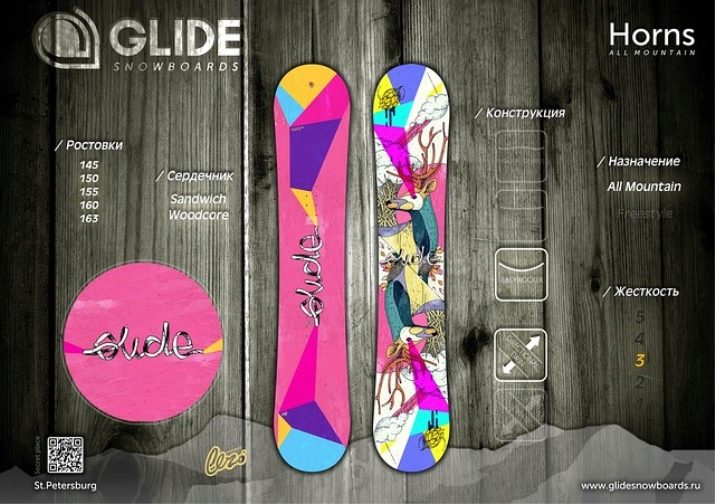
Longitudinal stiffness of the board - impact on deflection. It shows how fast a sports equipment accelerates, how it lands, and whether it is possible to take off without the aid of hands. Transverse hardness - the ability to resist twisting. It shows how quickly the athlete rolls over, how he resists rolling over and overturning at maximum acceleration, how stable he is on tight turns.
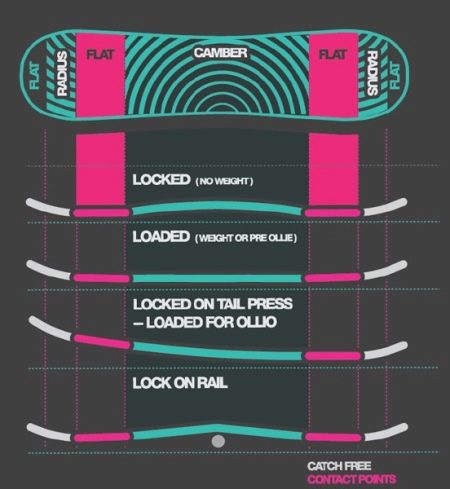
A projectile with insufficient rigidity is uncontrollable at extremely high acceleration... It is used mainly for tricks, when skating on virgin soil or thick snow - here it will prevent an athlete from getting injured.It is impossible to turn sharply to the side on it, here a snowboard of greater rigidity is required, which has more confident grip on the snow of the track, and increased stability.
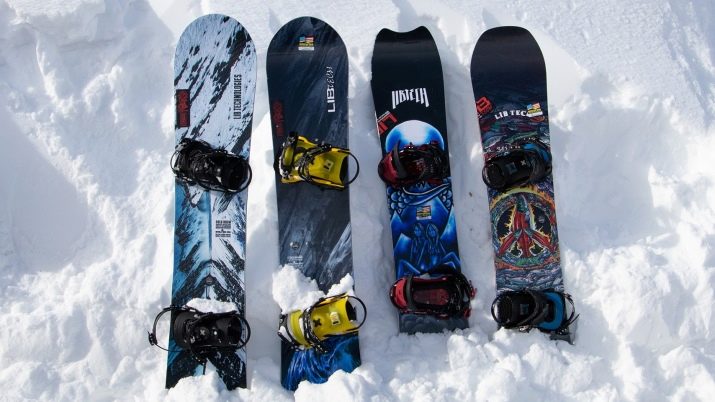
If an athlete rides in the style of technical freestyle, then on such a projectile the rigidity of the nose and tail is high, while the central part is softer. This means that the return will also increase.
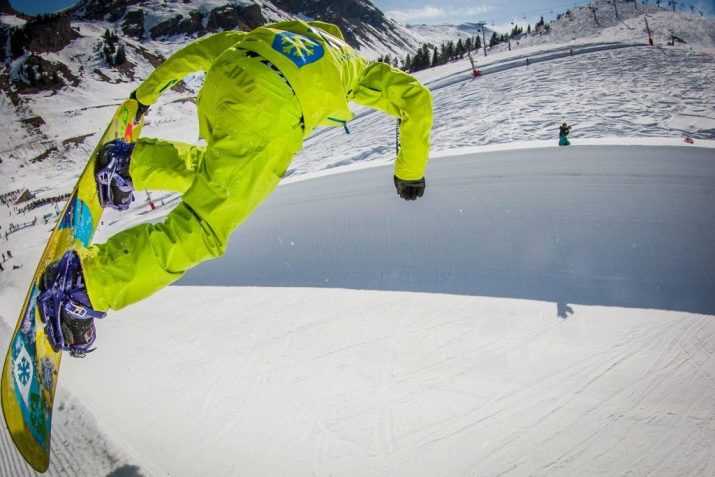
Carving style assumes the use of boards of the highest rigidity, they are used by experienced athletes. At high speed, it is much easier to maneuver with such a snowboard.
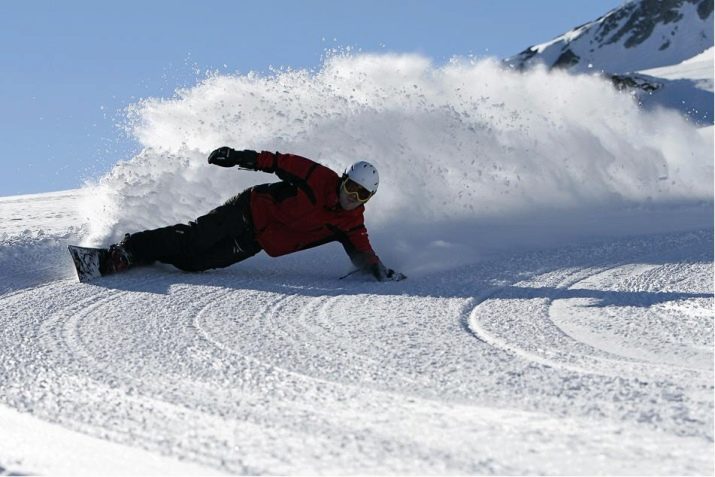
Jibbing ride allows you to use softened models when rolling on rails and inclined jumps in the park or outside the city, while controlling the projectile is still easy.
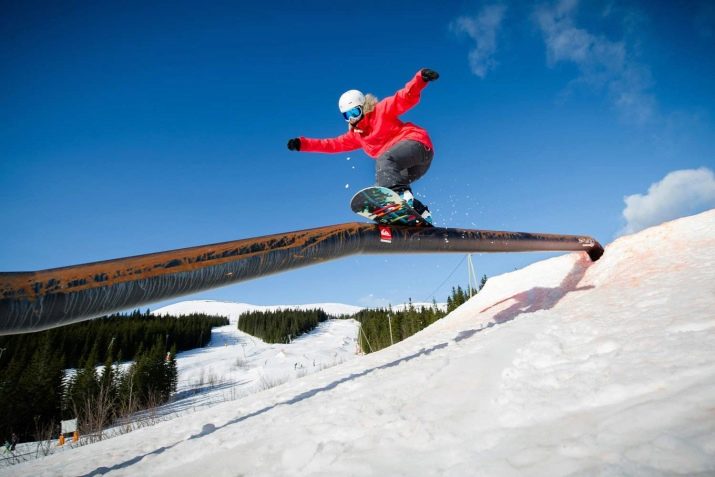
Free ride uses stiffness with a high difference: a softened nose for swimming in virgin soil, a stiffer shank does not allow flying off the track at high speed and when driving on thick snow cover.

Degrees
The degree of hardness differs in three main ranges of values.
-
Decreased - in universal or snowboards for children who started playing this sport just yesterday. The learning process at the initial stage is much easier on entry-level equipment - those who have not yet learned how to descend from the mountain begin with it.
-
Average - for athletes who have gained experience. Mastering the best techniques is yet to come.
-
High - designed for professionals.
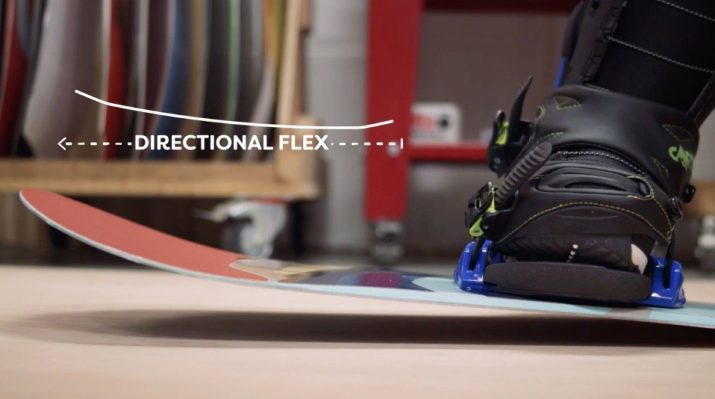
The hardness scale is estimated at 10 basic positions. The number 10 is the highest stiffness limit.
The harder the snowboard, the more rigid boots and bindings you need.
The numbers 1, 2, 3, 4 indicate soft patterns. The average is 5, 6 and 7. The hard ones are 8, 9 and 10. Thus, you can accurately judge the hardness by the numbers.

How to determine?
You can also find out the parameters of a sports equipment yourself. You should have two models - hard and relatively soft.
-
Grasping one of the edges, lower the other onto a flat surface at an angle of 45 degrees.
-
Press in the area of the projectile's constriction.

The rigidity depends on how much the projectile bends. It is determined subjectively, on the fly.
Features of choice
The classification of snowboards by riding style is as follows:
- All-mountain - an athlete travels to any mountains;
- Freestyle - tricks are performed;
- Freeride - driving outside the pre-laid tracks.
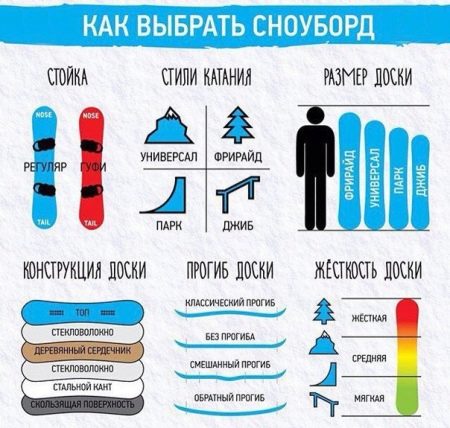
Beginners can find a versatile model. The flatness of the surface is not as significant as it seems at first glance. Such a projectile is suitable for slopes well covered with snow. Hardness 5-7 units... Simple soft landing tricks can be taught. In this case, the landing will be soft. A beginner will be trained on such a projectile to the level of a professional.
Free style uses soft snowboards. Here it is important to fit into turns in time, jump steadily from steep sections and perform tricks. Not suitable for maximum overclocking. On a rolled track, an athlete can fly off the road.
Slalom requires a hardness of 10 - extremely high acceleration is achieved here. Suitable for carving. A hardness of 7-9 units is suitable for freeriding. You need confident possession of the projectile.
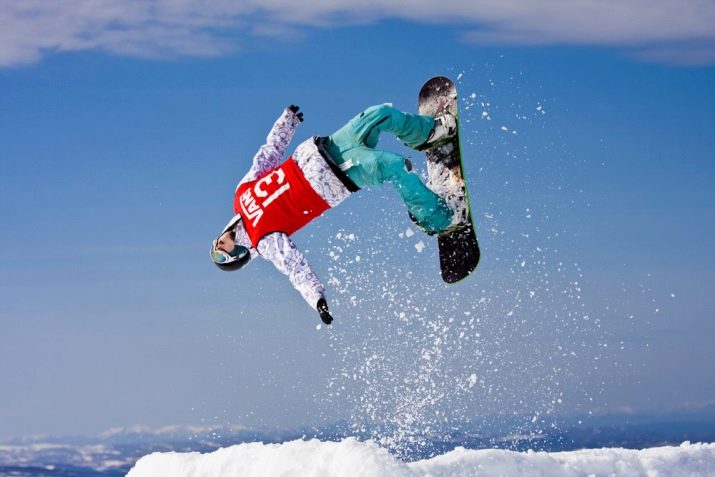
Marking is indicated on any of the models. Compare different models. Choose the optimum for yourself.








